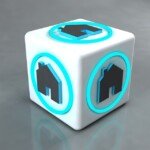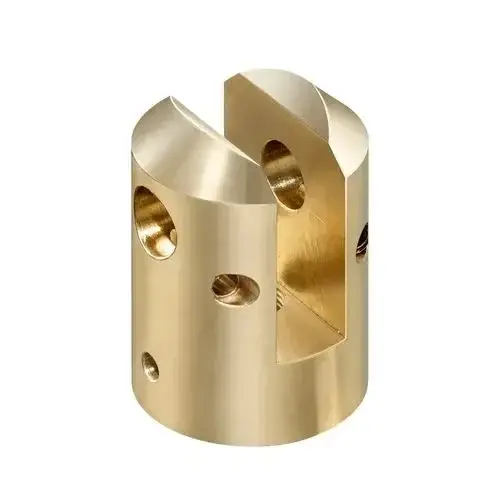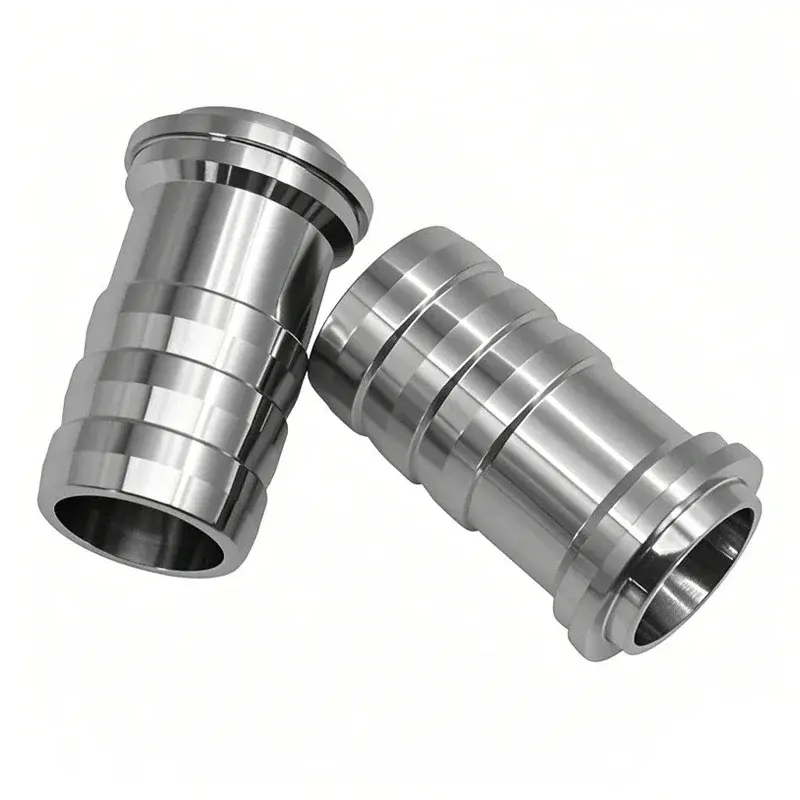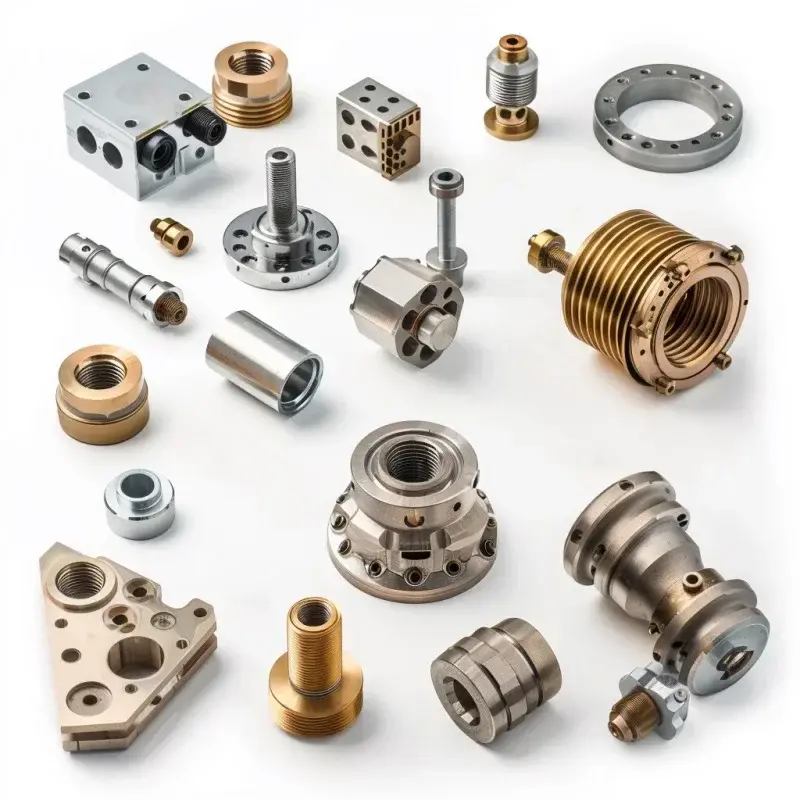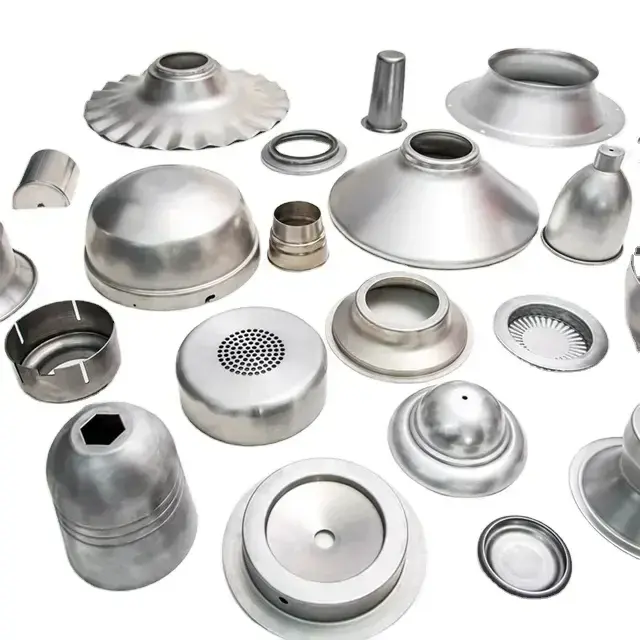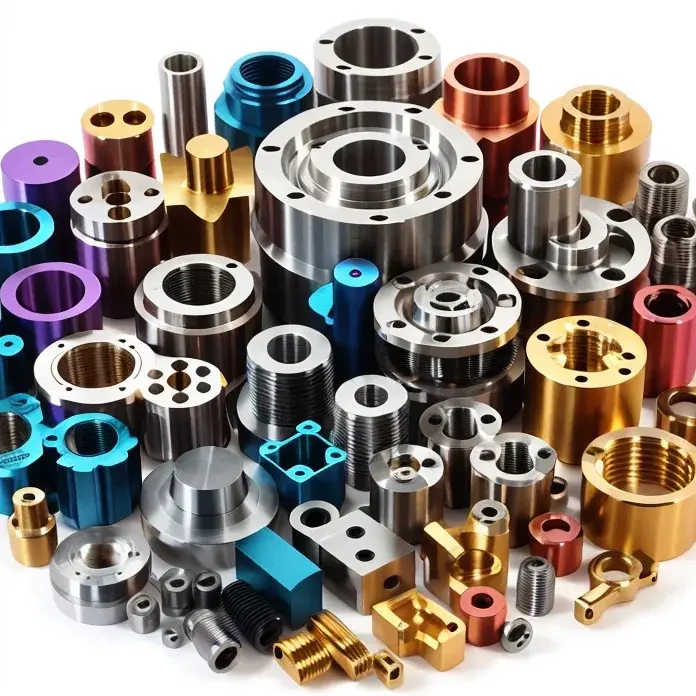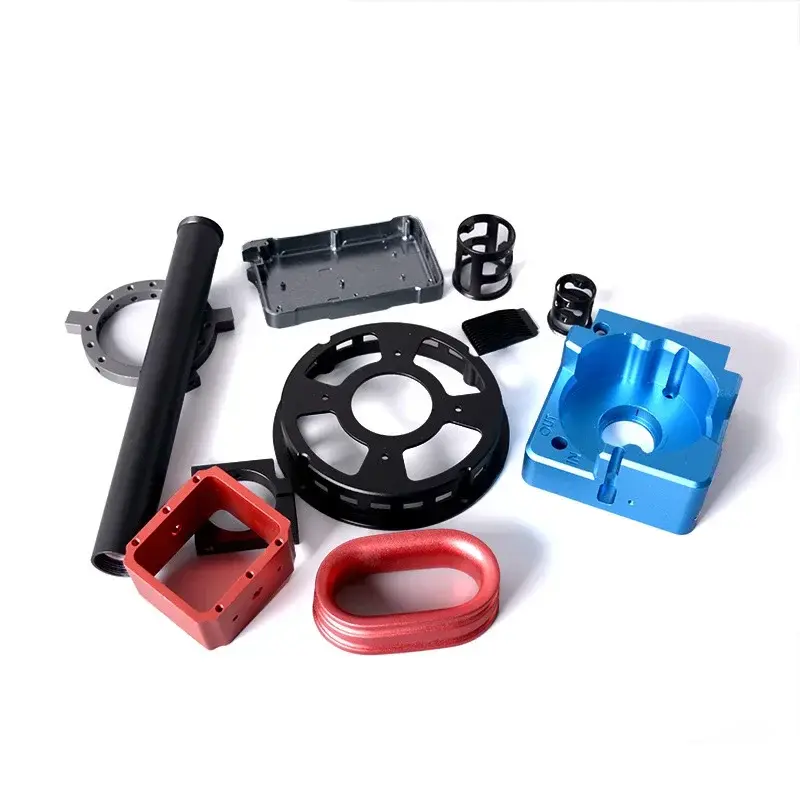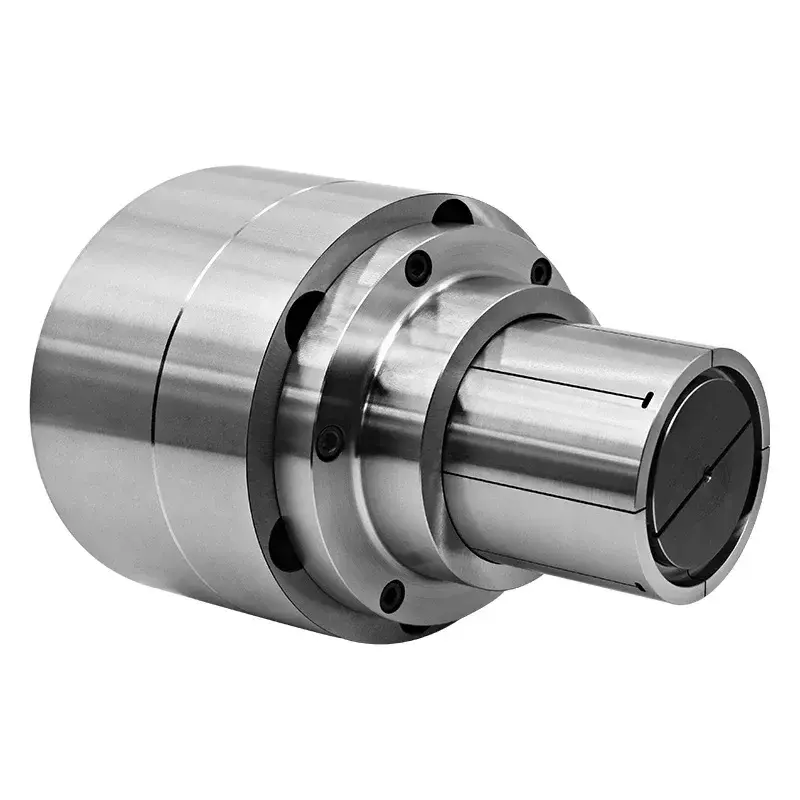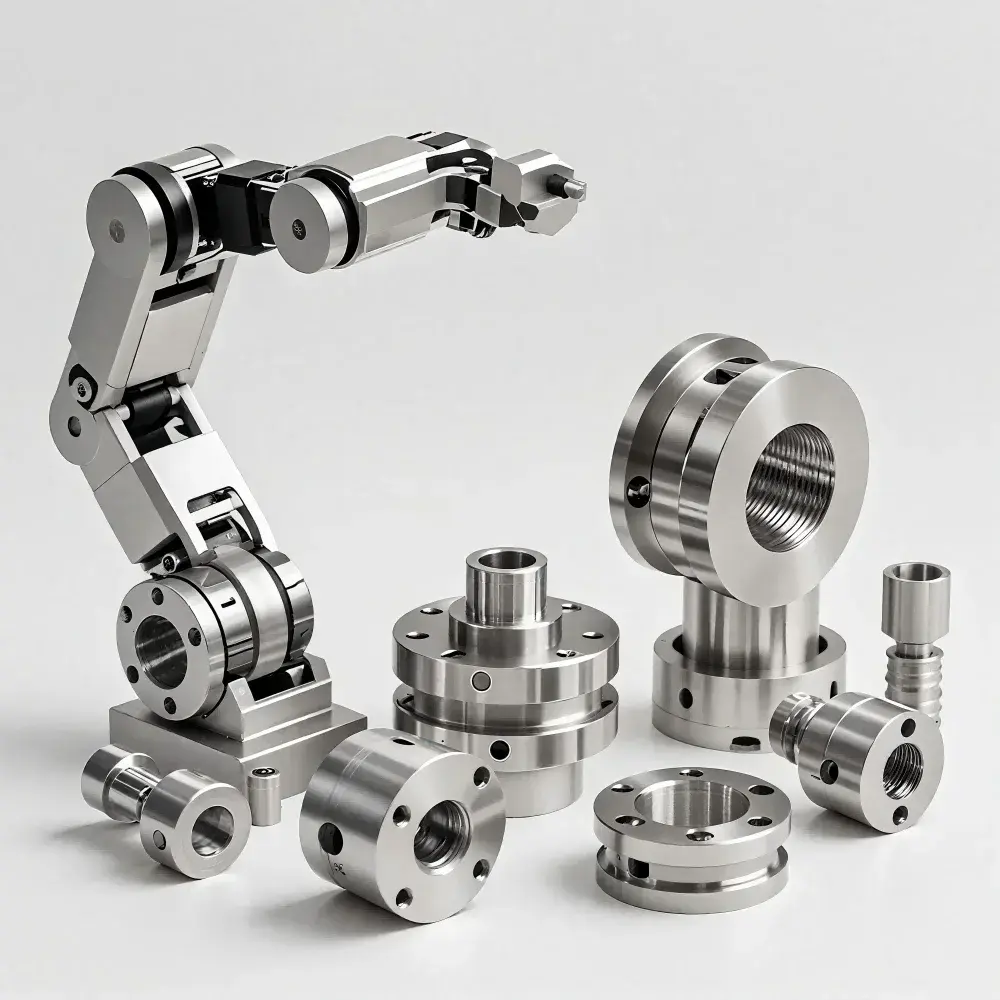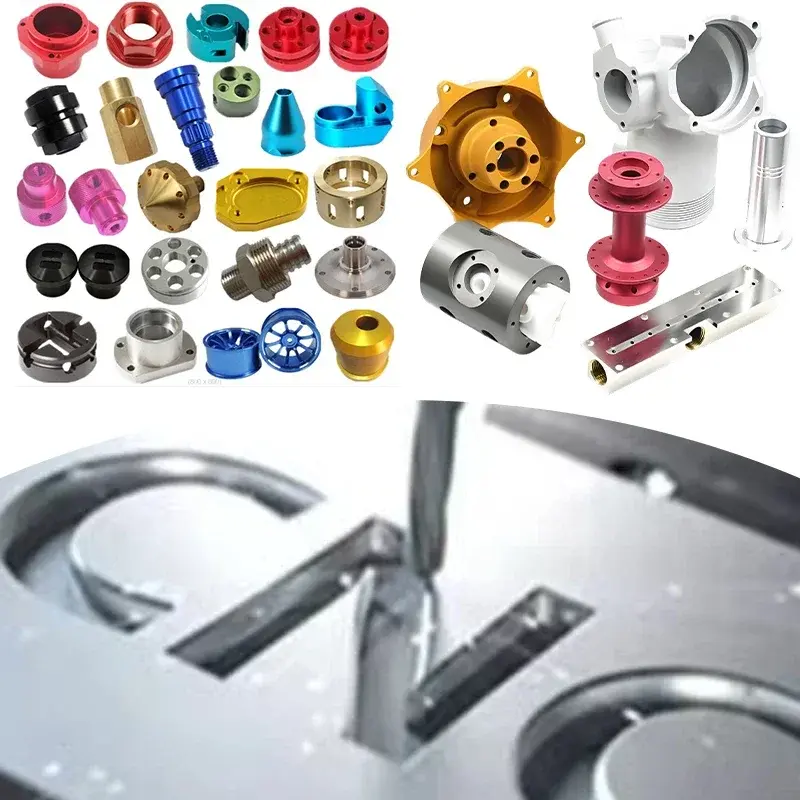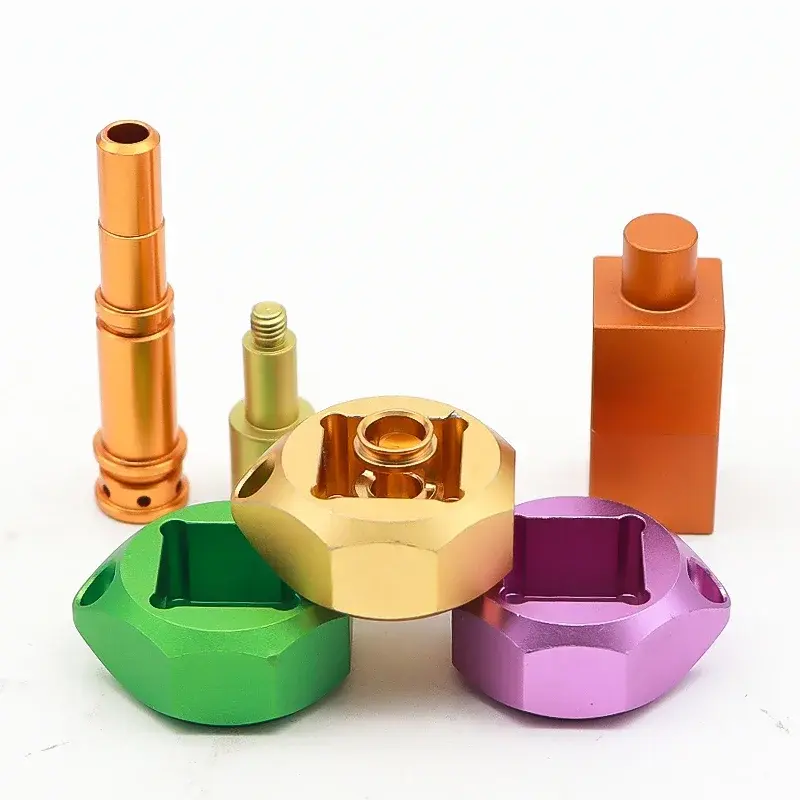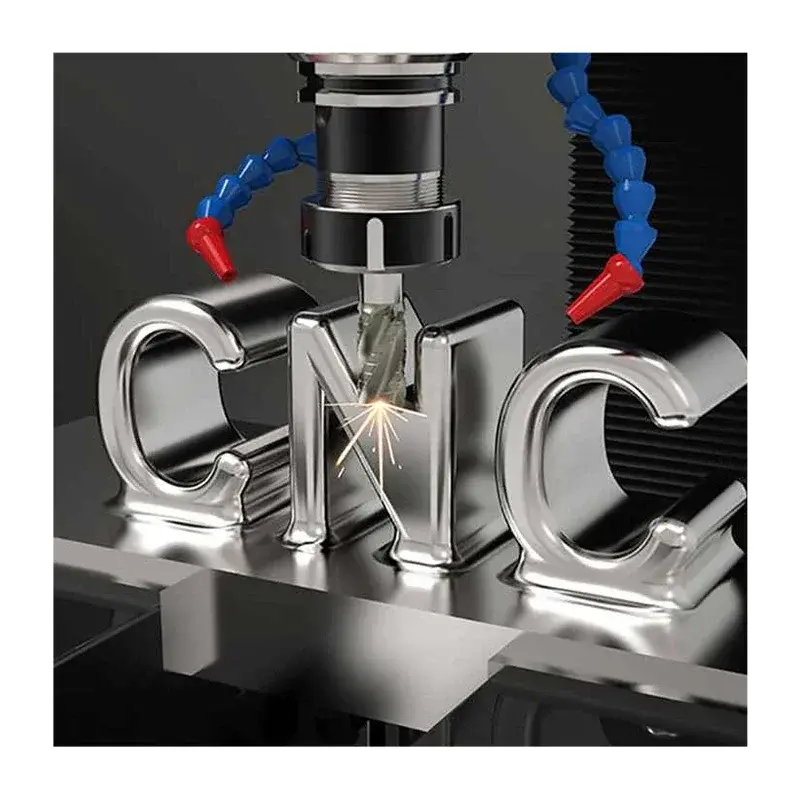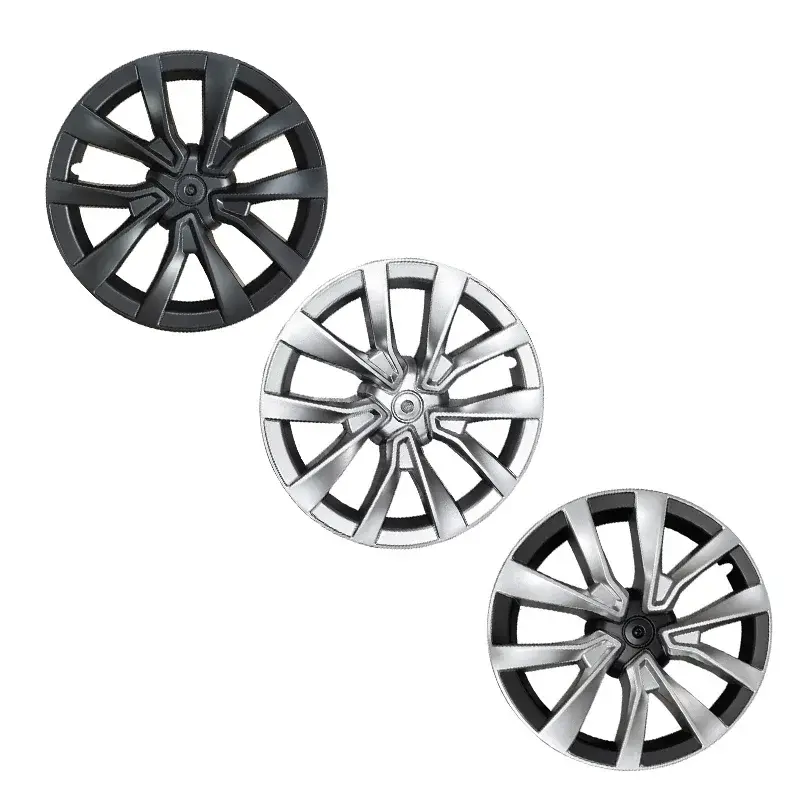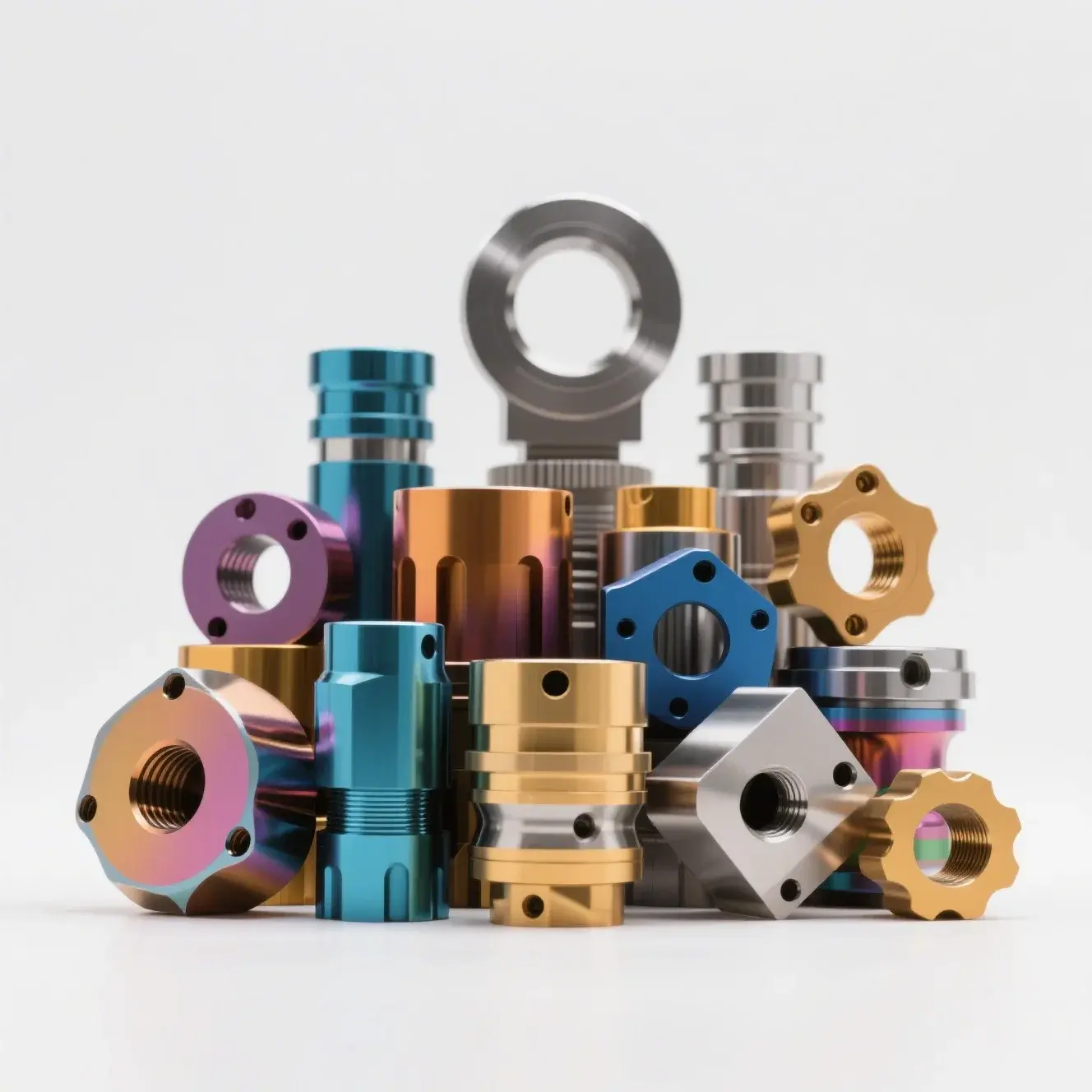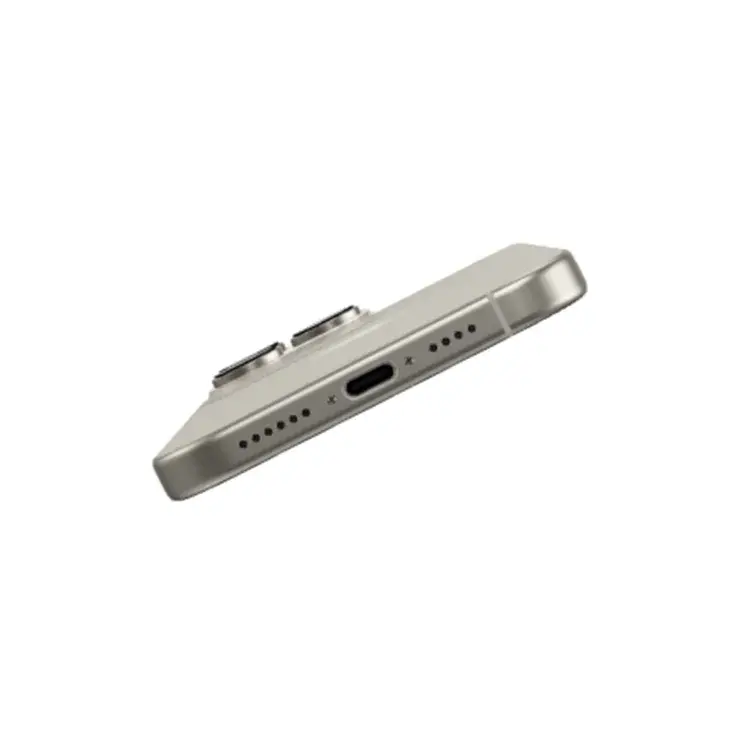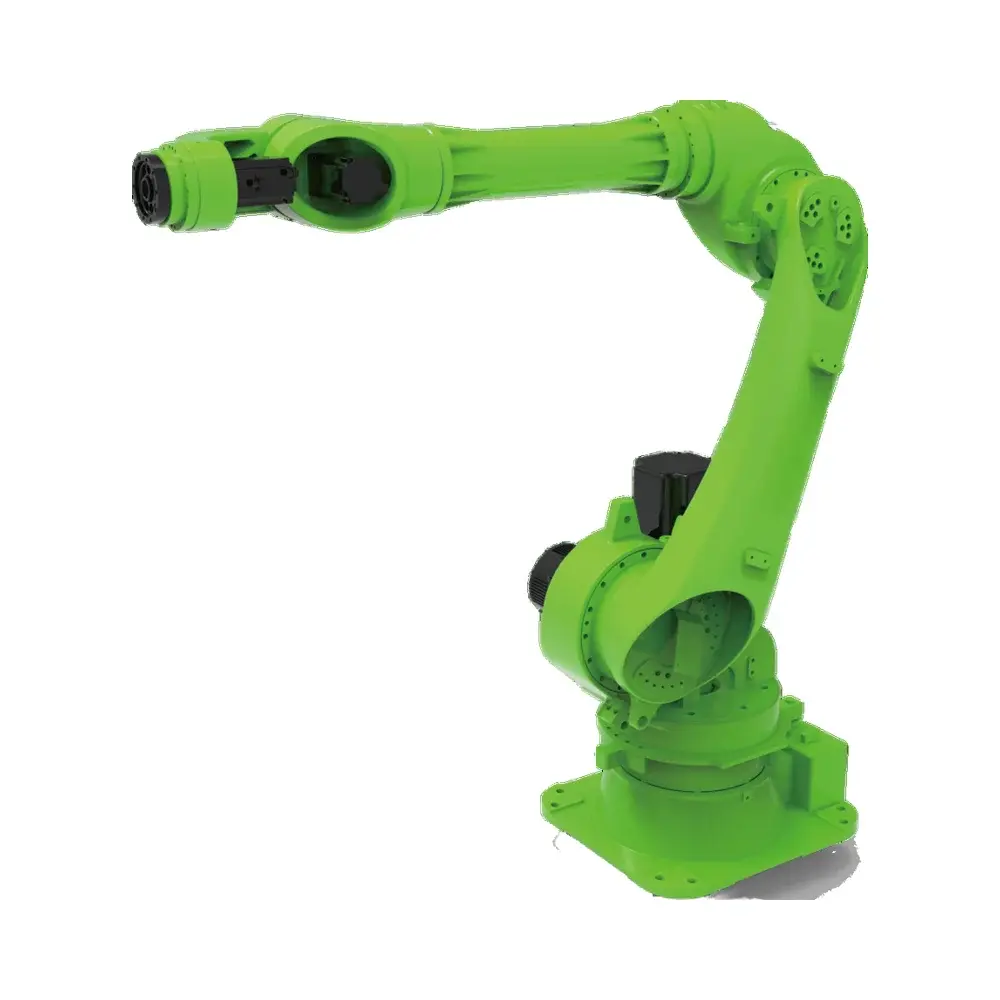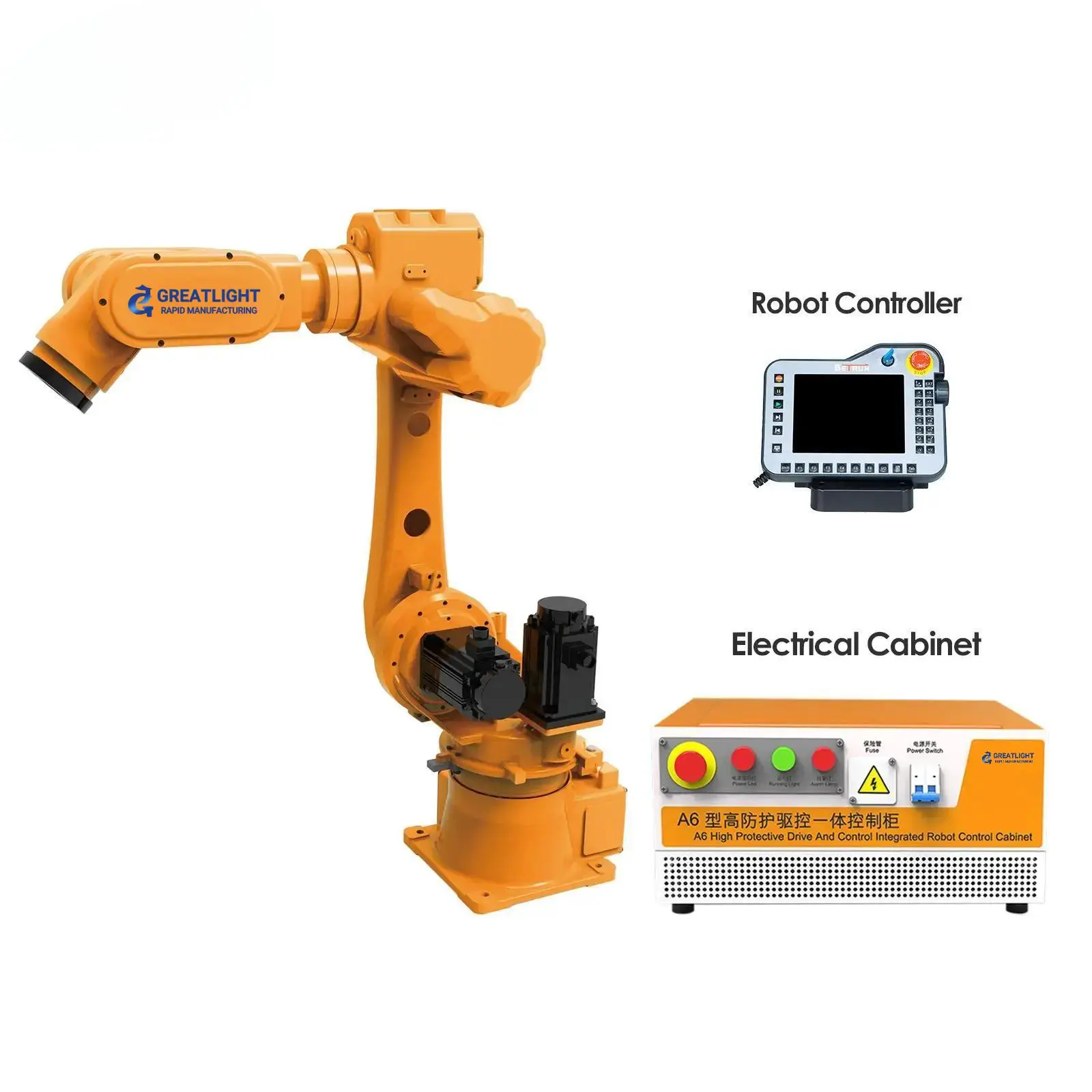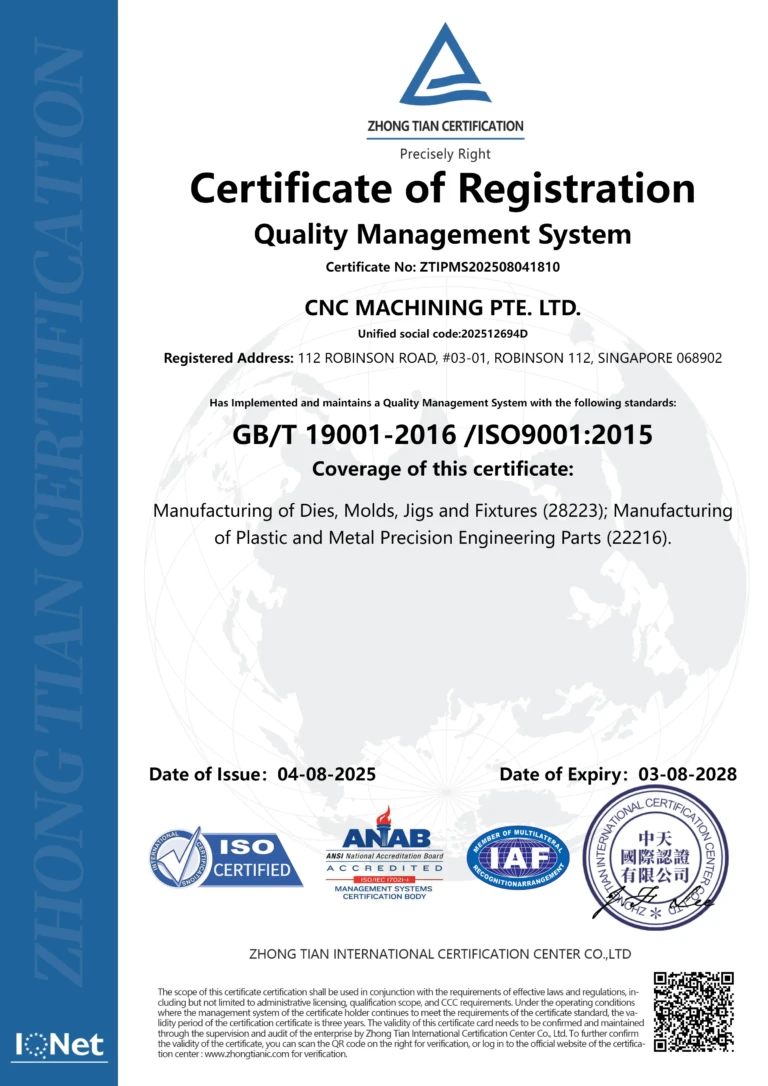Introduction to 3D Bioprinting and Its Evolution
The field of bioprinting has witnessed significant advancements in recent years, transforming the landscape of tissue engineering and regenerative medicine. Traditional methods of repairing or replacing damaged tissues often involve the use of biomaterials, such as universal breast implants or hip joints, which can have limitations in terms of compatibility and functionality. The emergence of 3D bioprinting technologies has opened up new avenues for creating artificial tissues that can mimic the structure and function of natural tissues. This blog post delves into the latest innovations in 3D bioprinting, particularly focusing on the development of a system for printing tissues directly within the body using ultrasound technology.
The Challenges of Traditional 3D Bioprinting
Conventional 3D bioprinting techniques involve printing tissues in vitro, which are then surgically implanted into the body. This approach can lead to complications such as scarring, inflammation, and infection, and may also prolong the healing process. Moreover, the printed tissues may not fully integrate with the surrounding tissue, leading to issues with functionality and longevity. The need for surgical implantation also limits the accessibility of these treatments, particularly for patients with complex health conditions.
The Advent of In-Body 3D Printing
Researchers at Caltech have recently unveiled a groundbreaking system for 3D printing tissues directly within the body, eliminating the need for surgical implantation. This system, known as Deep-Tissue In-Vivo Acoustic Printing (DIST), utilizes an injectable bioink that is liquid at body temperature but solidifies into a structured form when exposed to ultrasound waves. The incorporation of surveillance molecules allows for real-time monitoring of the printing process, ensuring that the tissue is formed accurately and safely.
The Science Behind Ultrasound-Based Bioprinting
The DIST system leverages the unique properties of ultrasound waves to achieve in-body tissue printing. Ultrasound can penetrate deep into organs without causing damage, making it an ideal tool for this application. The bioink used in this system is designed to respond to specific sound wave frequencies, allowing for precise control over the printing process. Furthermore, the inclusion of conductive nanoparticles enables the creation of soft biosensors and drug reservoirs that can release their payload in response to ultrasound exposure.
Advantages of Ultrasound-Based Bioprinting
Compared to traditional light-based bioprinting methods, ultrasound-based bioprinting offers several advantages. Ultrasound waves can penetrate deeper into tissues, allowing for the creation of more complex structures. Additionally, ultrasound is less affected by tissue absorption and scattering, resulting in more precise and consistent printing. The use of bioink that solidifies in response to ultrasound also reduces the risk of premature chemical reactions, providing better control over the printing process.
The Potential of Volumetric Printing
Volumetric printing, which involves solidifying a 3D structure with a single exposure to personalized light, has shown promise in recent years. However, this method is limited by the depth to which light can penetrate tissue. Ultrasound-based bioprinting, on the other hand, can reach deeper into the body, enabling the creation of more complex and functional tissues. The combination of ultrasound and volumetric printing techniques may lead to even more innovative approaches in the future.
The Development of New Bioinks
The success of ultrasound-based bioprinting relies heavily on the development of suitable bioinks. Researchers are working to create bioinks that are not only responsive to ultrasound but also biocompatible and stable within the body. The new bioink developed for the DIST system is a significant step forward, offering improved control over the printing process and reduced risk of premature chemical reactions.
Applications and Future Directions
The potential applications of ultrasound-based bioprinting are vast, ranging from the creation of functional tissues for organ repair to the development of biosensors and drug delivery systems. Future research directions may include the exploration of different bioink formulations, the integration of multiple printing technologies, and the scaling up of printing capabilities to create larger, more complex tissues.
Conclusion
The advent of ultrasound-based bioprinting marks a significant milestone in the field of tissue engineering and regenerative medicine. This innovative technology has the potential to revolutionize the way we approach tissue repair and replacement, offering new hope for patients with complex health conditions. As research continues to advance, we can expect to see even more exciting developments in the field of bioprinting, ultimately leading to improved patient outcomes and enhanced quality of life.
References
- Zhang, Y. S., et al. (2023). Sound and ink: a molecular mixture for 3D printing. Science, 366(6471), 1234-1238.
- Kuang, X., et al. (2023). Ultrasound-based 3D bioprinting: a review. Biomaterials, 269, 120934.
- Caltech Researchers Develop New System for 3D Printing Tissues in the Body. (2023). Caltech News.
H Tags
- H2: Introduction to 3D Bioprinting and Its Evolution
- H3: The Challenges of Traditional 3D Bioprinting
- H4: The Advent of In-Body 3D Printing
- H5: The Science Behind Ultrasound-Based Bioprinting
- H6: Advantages of Ultrasound-Based Bioprinting
- H7: The Potential of Volumetric Printing
- H8: The Development of New Bioinks
- H9: Applications and Future Directions
- H10: Conclusion



